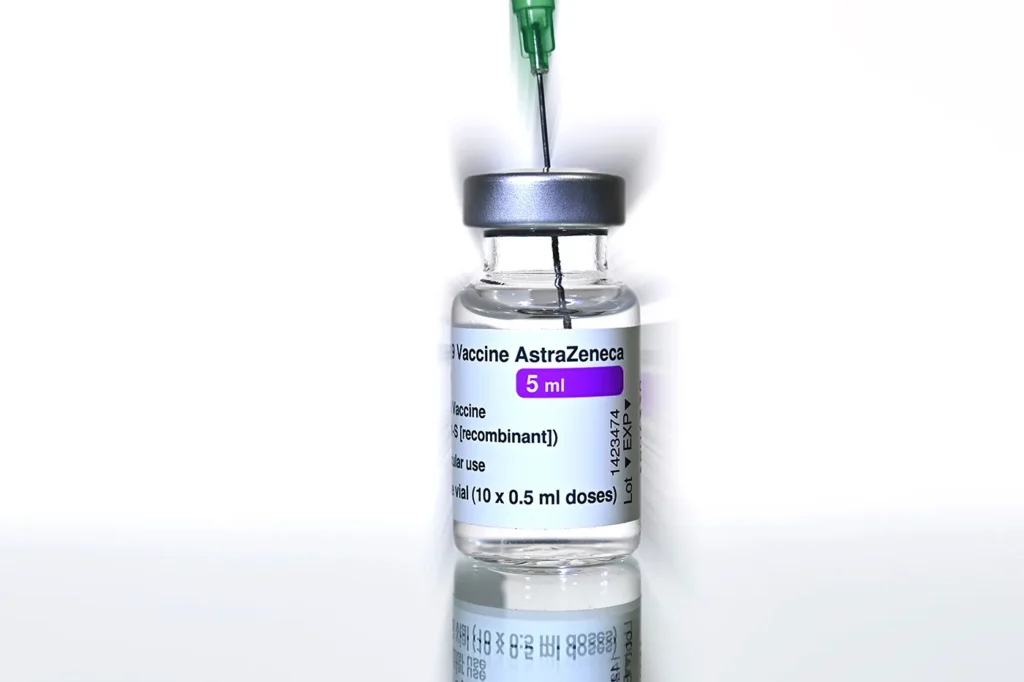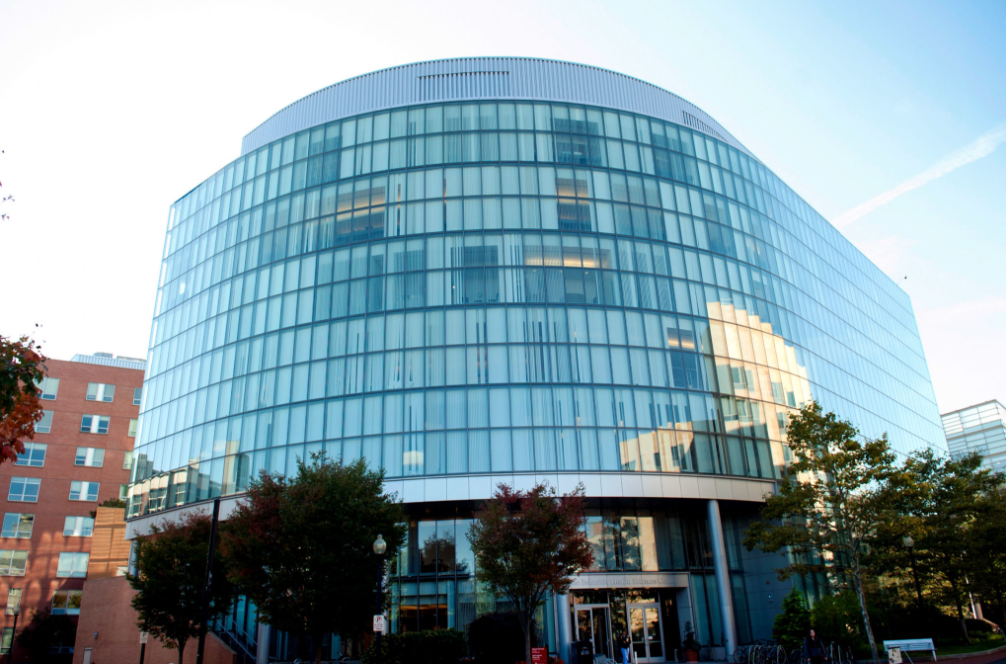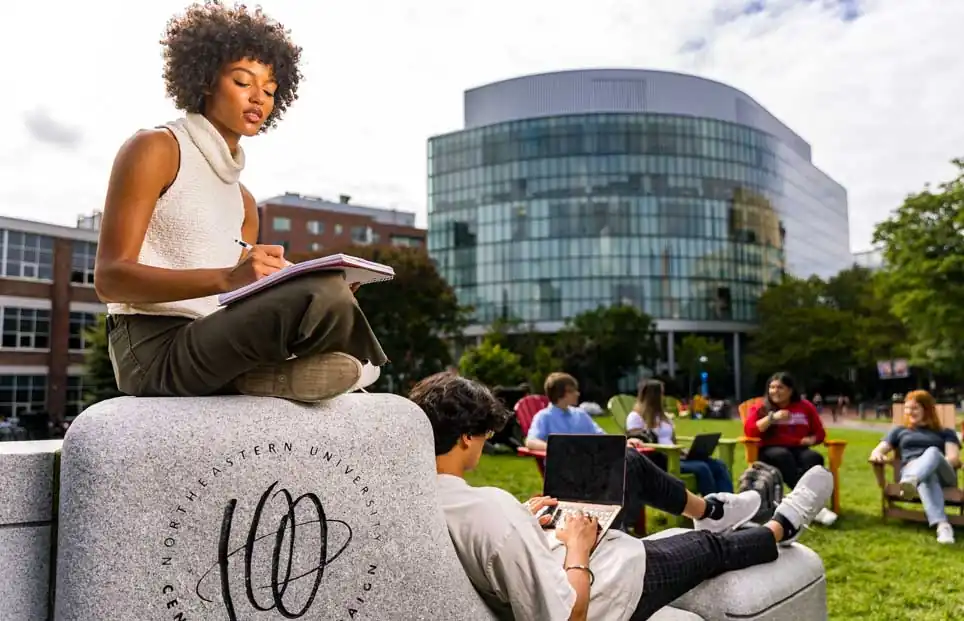A good physical therapist has several key, very human traits, explains Matthew Yarossi, a Northeastern University professor of electrical and computer engineering, and physical therapy, movement and the rehabilitation sciences.
Physical therapists are attentive and observant to a patient’s needs, closely examining their range of motion and ability to complete an exercise or task. The job also requires adaptability and strong communication skills. If a patient is unable to complete a certain movement, for example — whether because of pain or another unrelated issue — the therapist must readjust and clearly communicate the new plan to the patient.
It’s a constant “task dynamics loop” in which therapists are observing and reacting, Yarossi says.
“The therapist is continuously monitoring the patient for safety, for performance, fatigue, affect,” Yarossi says. “They’re providing feedback on performance. They’re motivating the patients. They’re educating the patient. The therapist is doing all these intelligent actions.”
>> Related article: Northeastern Workshop on AI + Physical Therapy Compared to Seminal Dartmouth Conference
So how does artificial intelligence and robotic technologies enter the mix in a job that requires such innate and dynamic human qualities?




